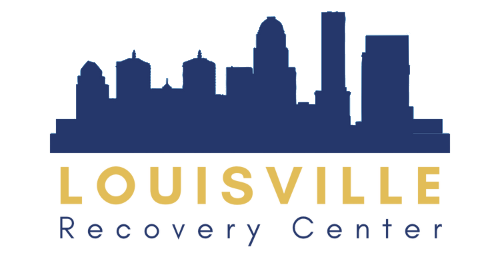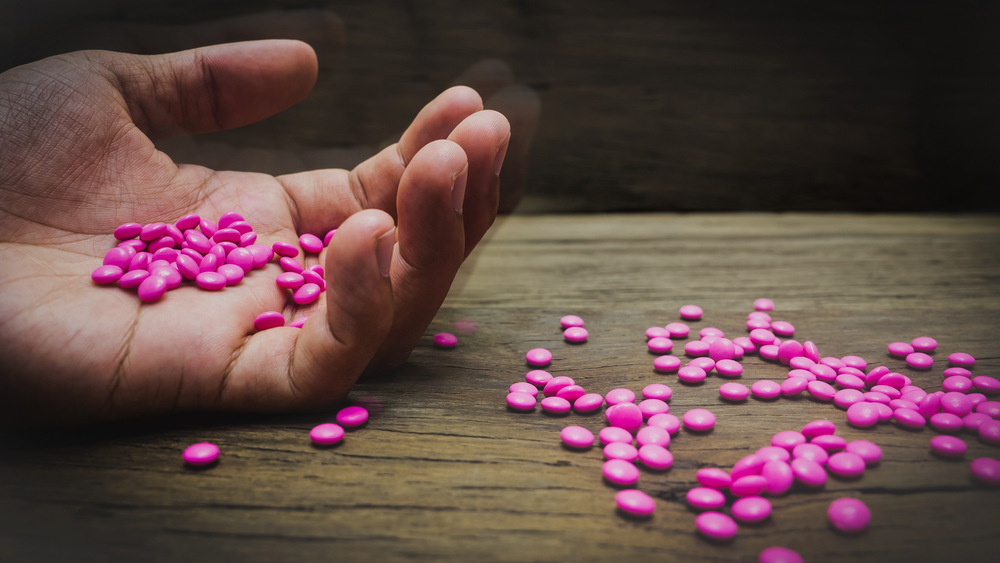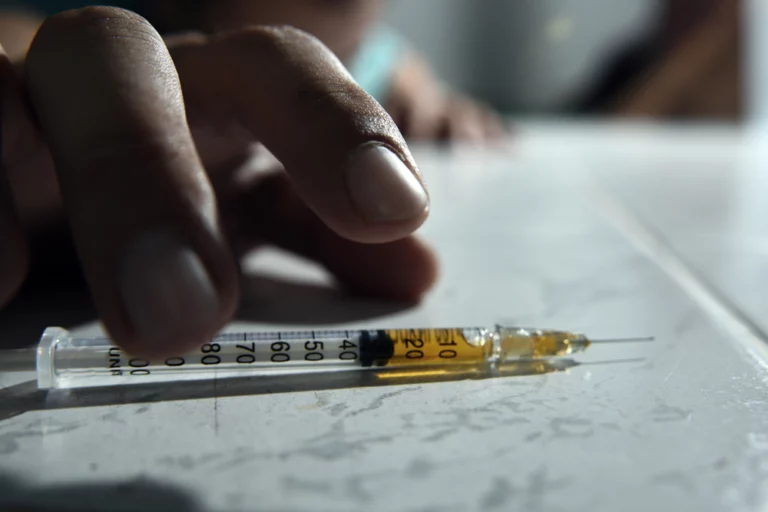What is Pink Cocaine? An Informative Guide
While it’s common to associate pink cocaine with cocaine, not all forms contain the substance. Pink cocaine can be harmful to one’s health and addictive if consumed. Cocaine, a powerful stimulant drug, is available as a white powder or hard white rocks. It may be injected, snorted, smoked, or consumed orally to produce a rush of energy and euphoria. Continue reading to learn about pink cocaine, its dangers, and the treatment options available for this addiction.
“Cocaina rosada,” or pink cocaine, is a party drug originating from South America and contains a range of synthetic substance mixtures that may or may not be cocaine-based and appear pink in color.
What is Pink Cocaine?
Despite what many think, pink cocaine is a synthetic phenylethylamine or 2C-B, not cocaine. 2C-B resembles hallucinogens and is banned in the U.S. This is a relatively new substance with a stimulant effect similar to that of ecstasy. It is very dangerous, extremely addictive, and is typically sold in pill or powder form. As there is no regulation on the manufacturing of pink cocaine, it is frequently mixed with other substances such as MDMA, caffeine, amphetamines, ketamine, or even the extremely dangerous opioid fentanyl.
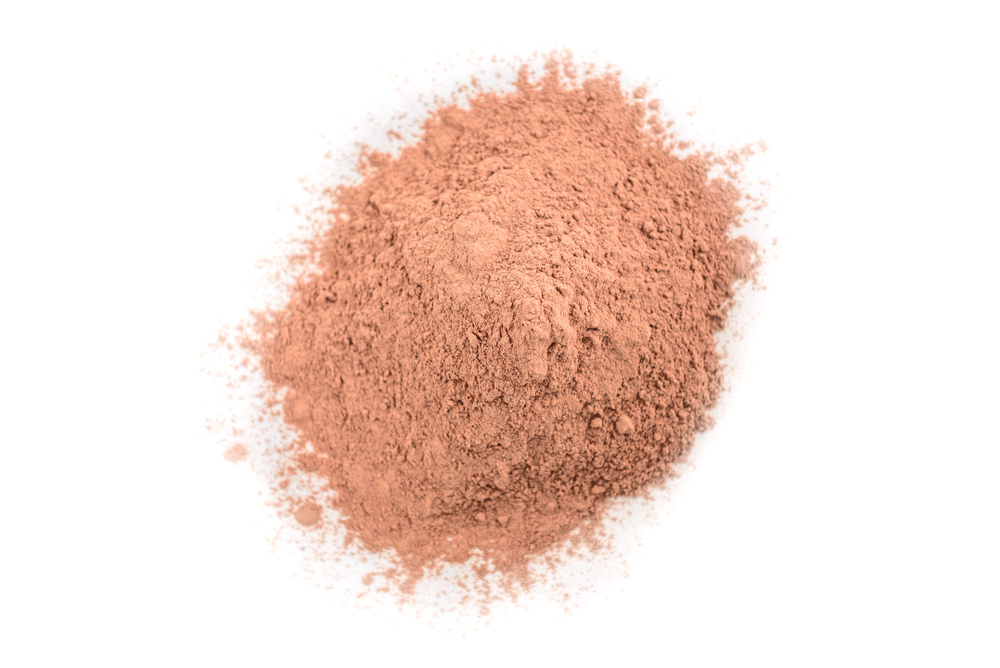
Pink Cocaine vs. Regular Cocaine
The drug pink cocaine is created synthetically instead of being derived from coca leaves, which are the source of cocaine hydrochloride, the powdery white substance that is usually pictured when people refer to cocaine. What this implies is that pink cocaine is artificial rather than naturally occurring rather than other types of cocaine. The secondary effects of cocaine and pink cocaine vary as well. Both types of drugs typically cause a euphoric feeling as a result of their stimulant effects, but pink cocaine has psychedelic effects that other types of cocaine do not have.
History of Pink Cocaine
The history of pink cocaine dates back to Alexander Shulgin, an American chemist. Shulgin invented ecstasy, which has been a popular party drug for decades. In 1974, Shulgin created 2C-B, the main component in pink cocaine. Shortly after, Nexus, Performax, and Erox, which purportedly elevated libido and contained 2C-B, were sold in the United States.
Around 2007, cocaine in pink form was distributed in South America, where it started to gain popularity and become a part of the drug trade. This substance was then named ‘pink cocaine.’ Because of its stimulant and psychedelic effects, it has become and continues to be a common party drug. In Argentina, Uruguay, and Colombia, the drug has been discovered and seems to be used more frequently by the elite in club or party settings.
The popularity of pink cocaine among elite Colombian citizens has turned the substance into a designer drug. Because of its high cost and popularity, pink cocaine has been heavily associated with Colombian drug rings.
How do you use Pink Cocaine?
The way to take pink cocaine, like most illegal substances, depends on its form. The drug may be taken orally in pill form, the most straightforward method. Some prefer to snort pink cocaine rather than taking it orally. If the drug is not already in powder form, it is crushed up before use. Thin lines of powder are then snorted through the nose. When snorted, pink cocaine has an immediate impact, whereas it is often slower if taken orally. Unlike other illegal drugs, pink cocaine is not usually injected. It is more likely to be taken orally or snorted, since it is frequently used in public locations where injecting would not be suitable or appropriate.
Is Pink Cocaine Addictive?
Despite the fact that there has been little research into the 2C drug family, some studies have shown that 2C-B is addictive. According to one study, the addictive properties and brain alterations of 2C-B were comparable to those of methamphetamine, a highly addictive, illicit drug. Despite the obvious risks and dangers, there has been little study into this family of drugs, however, If you take higher amounts of pink cocaine repeatedly, your body will develop a tolerance to it, making it harder for you to achieve the same effects and leading you to use increasingly more dangerous doses.
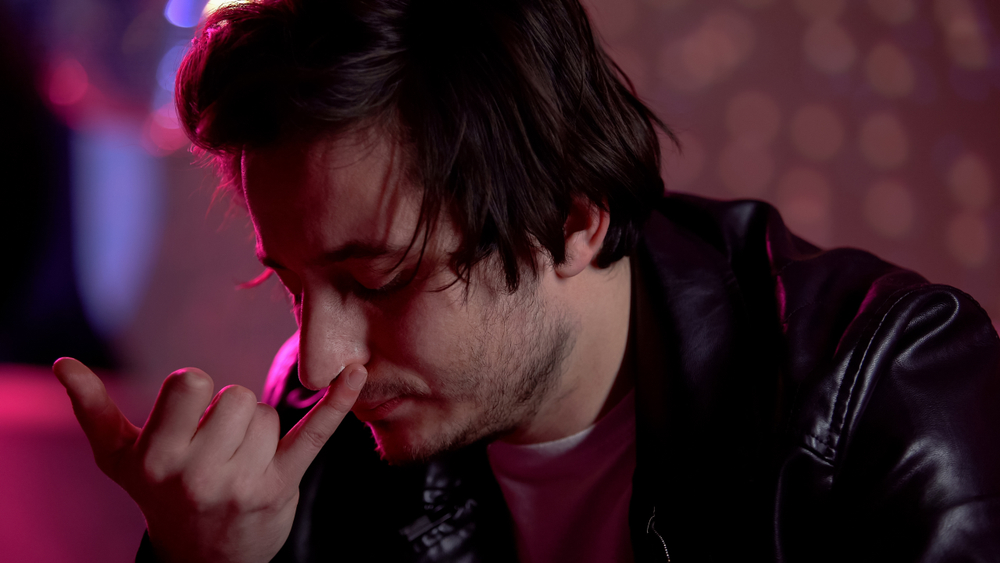
Dangers of Pink Cocaine Use
The effects of pink cocaine are at their highest after approximately two hours but can last between four and eight hours, depending on the dosage. A small amount of the drug may cause a rise in heart rate, increased sensuality, and a mild sense of euphoria. Because pink cocaine is produced in clandestine labs and isn’t regulated by the Food and Drug Administration, you may not know how strong a dose you are taking. The manufacturer may also mix other chemicals or drugs with pink cocaine, producing undesirable results and adverse effects.
Severe hallucinations, increased agitation, and nausea and vomiting may occur as a result of larger doses. In large amounts, the drug may also result in respiratory depression, seizures, or a condition called excited delirium, which causes hypothermia and possibly fatal cardiac arrest.
Long-Term Effects of Cocaine Addiction
While there is little research on the full impact of pink cocaine, excited delirium may result which can cause cardiac arrest. The mixture of pink cocaine with ecstasy or LSD is known as a ‘party pack’ or ‘banana split,’ which enhances the impact. These drugs are usually taken in combination, which increases the risk of adverse effects and overdose.
Unlike pink cocaine, cocaine’s long-term effects have been thoroughly studied. There is a wide range of short- and long-term health effects associated with cocaine misuse, and these risks increase the longer the drug is used. Long-term use of cocaine can result in the following hazards:
- Neurological issues resulting in strokes and seizures
- Sinus and nasal damage
- Cardiovascular and heart damage
- Loss of sense of smell
- Aortic ruptures
- Perforated nasal septum
- Brain bleeds
- Paranoia
- Emphysema
- Psychosis
- Lung tumors
- Bowel obstructions
Treatment Options for Cocaine Addiction in Louisville, KY
There is no one approach to dealing with cocaine addiction, as every person’s treatment is unique and tailored to their unique needs and objectives. You can find assistance for yourself or for a loved one with addiction in a number of ways. Treatment can take place in a variety of locations, and people may increase or decrease the level of intensity as their demands change over time.
Using pink cocaine or other illicit substances is typically a sign of substance addiction. Addiction can damage relationships, make it difficult to work, and result in serious health issues. Medical and behavioral health treatments are used to treat cocaine addiction and are described below:
Detox
Cocaine addiction treatment usually starts with detox. Due to the discomfort and potential dangers of cocaine withdrawal symptoms, medically-supervised detox is highly recommended. This ensures the client is safe and as comfortable as possible during this initial stage of treatment when withdrawal symptoms are typically at their peak.

Partial Hospitalization Program (PHP)
Clients in a partial hospitalization program live in a sober living environment, receive 24/7 clinical support, and are providing round-the-clock supervision and support. Clients also receive support from addiction specialists, including therapists and physicians, who specialize in addiction treatment. Because cocaine addiction is complex, treatment is provided both individually and in groups with counseling being at the center of treatment, helping patients learn from their mistakes and avoid relapse.
Intensive Outpatient Program (IOP)
An IOP is a part-time substance abuse treatment program in which clients visit the treatment center several hours a day, 3-5 days a week. Patients receive more intensive treatment in this program compared to traditional outpatient programs as they spend more time attending therapy or clinical services in an IOP. Most intensive outpatient treatment programs offer morning and evening meeting times in order to accommodate the client’s work or school schedule or family obligations. Clients will also have access to other treatment services such as meditation, yoga, nutrition education, and relapse prevention.
Aftercare
Addiction is a chronic condition, and health should not be neglected once a treatment program is complete. Aftercare refers to the structured, long-term post-treatment supervision of substance addiction recovery. Aftercare programs focus on educating individuals on how to resist addictive impulses by developing the ability to respond to addictive cues in their environment without succumbing to active substance use.
Cocaine Addiction Treatment at Louisville Recovery Center
It is possible for anyone in Louisville to become addicted to cocaine. If you or a loved one is currently dealing with addiction, Louisville Recovery Center can help. We believe that anyone can overcome cocaine addiction. Our experts can assist you in developing an addiction treatment program that fits your requirements. To help you overcome addiction, we offer a range of customized services and programs.
Please contact us today for more information about our programs and services. You are not alone in your struggle with cocaine abuse.
